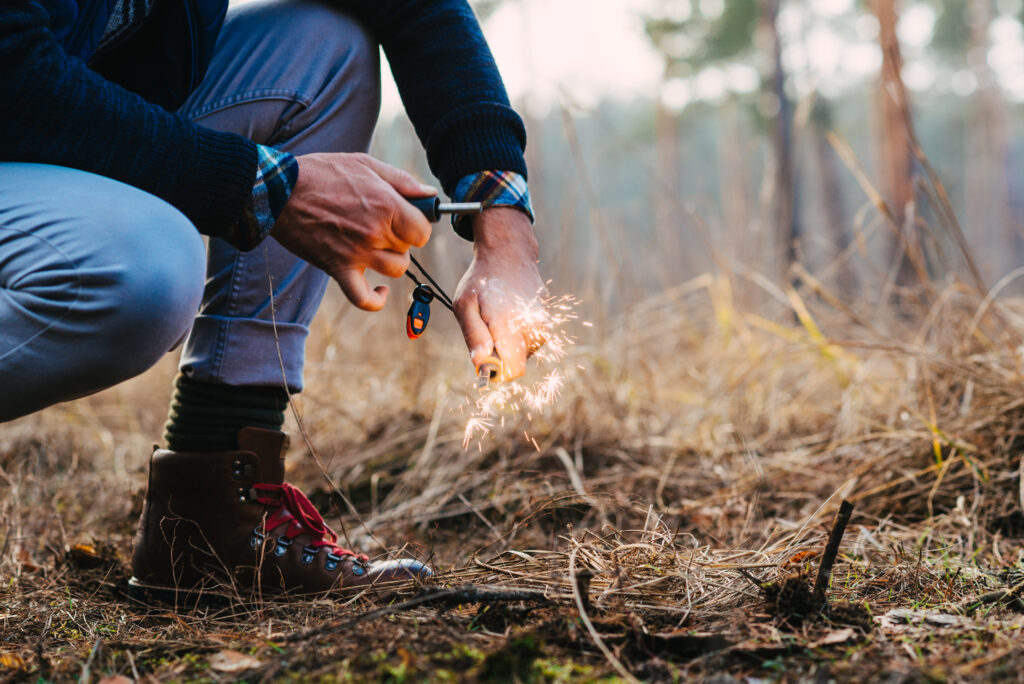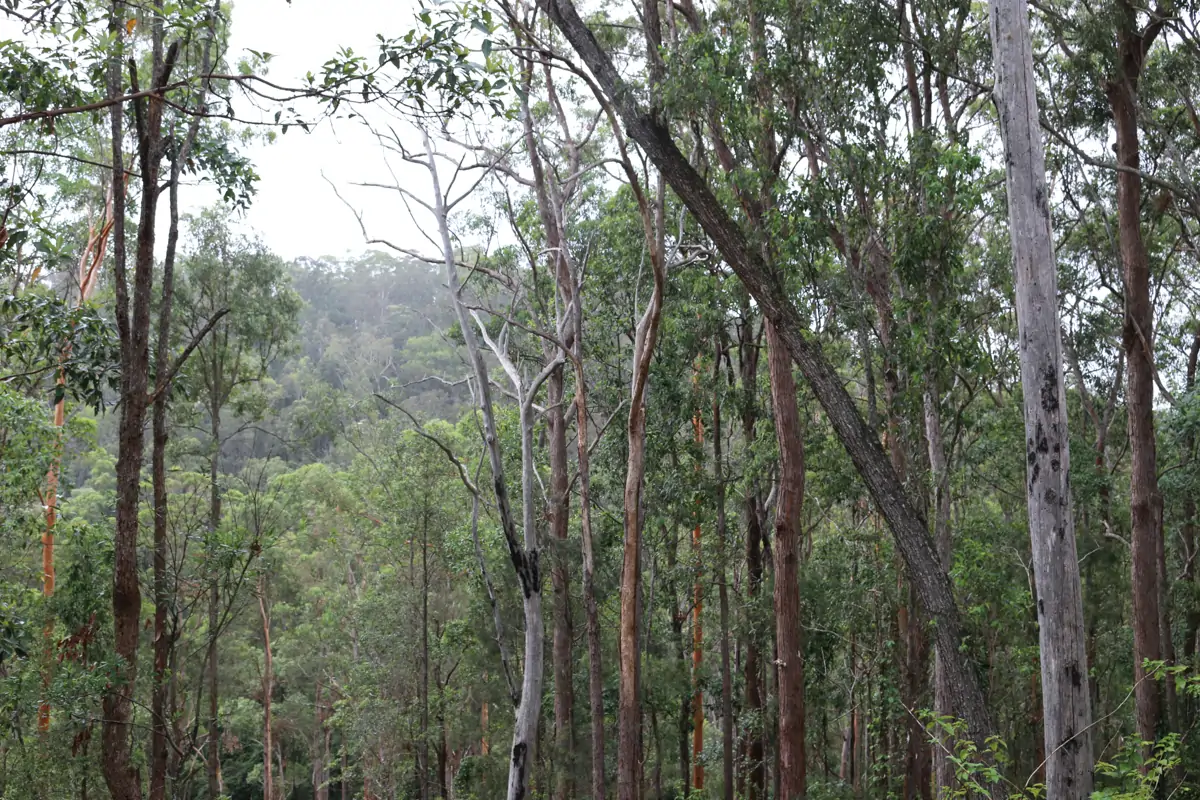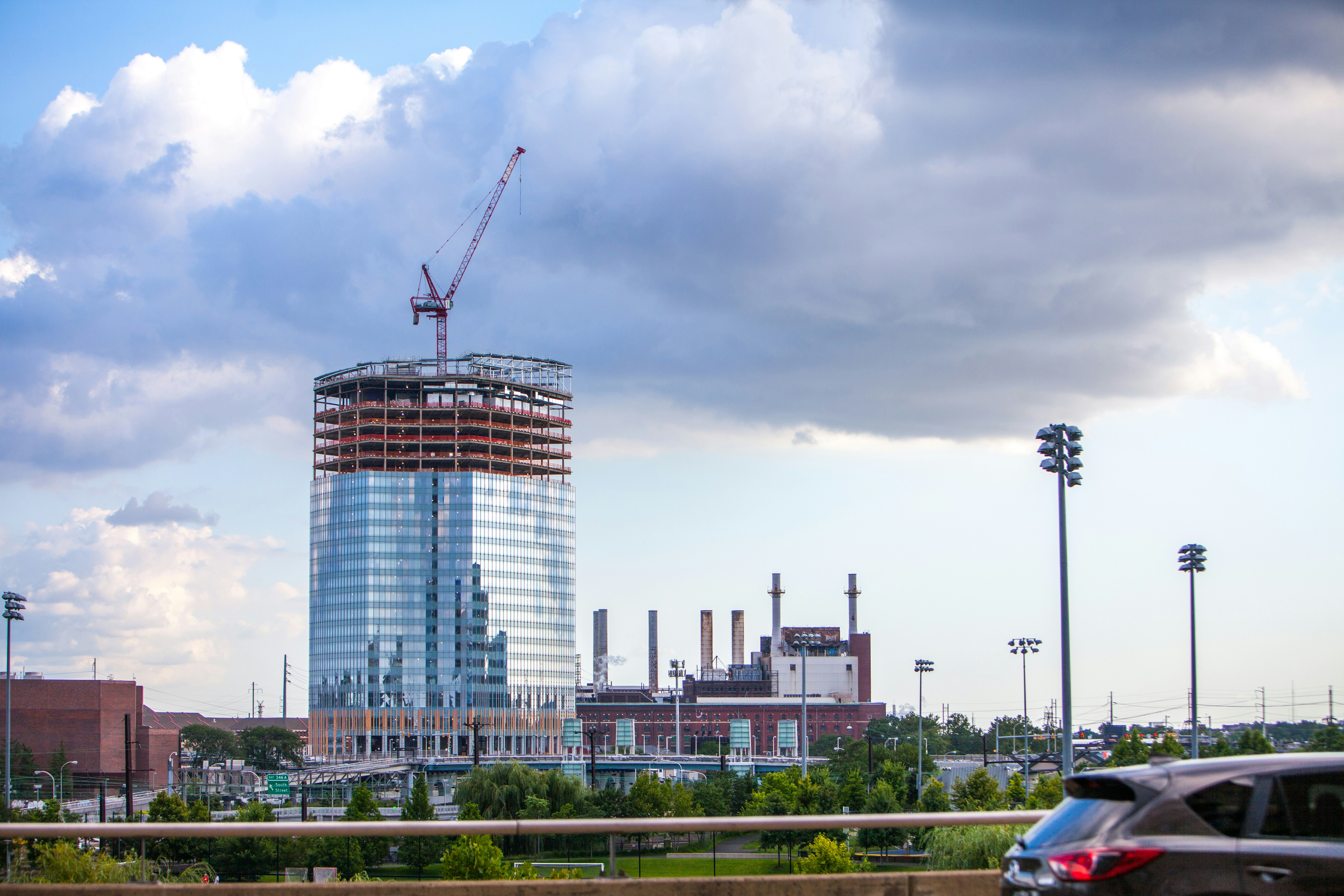Do you have a property backed by State Forest? Is bushfire a real concern? A controlled light-burn is a proven method of mitigating the risk of bushfire. So how do you go about initiating one?
With the summer months approaching, the risk of bushfire is something we have become even more familiar with in recent years. It is by no means a new phenomenon and one that we know as rural property owners one we cannot choose to ignore. Bushfires are inevitable and yet essential, as many Australian flora and fauna have adapted to fire as part of their lifecycle. (RFS NSW)
Proper bushfire planning means active management of your property to minimize the threat of bushfire. Preventative fire management is a tool of sustainable and active forest management through controlled light burning of forest fuel. When starting your own silvopasture, it’s important to be well-informed. See our guide here.
What is considered Forest Fuel?
Forest fuel is the combustible vegetation found within the forest. This includes grasses, shrubs and tree debris (twigs, leaf litter, shed bark, branches and downed trees). Forest fuel can be categorized into two key categories: light and heavy. Fuels less than 6mm in diameter are considered light fuel, and anything 6mm or greater as heavy. Forest fuel can be both living vegetation and dead biomass.
Eucalypts for example produce significant levels of fuel, which can accumulate on the forest floor at more than one tonne per hectare, per year.
Why use controlled burns to manage your private native forest?
Most controlled burning on private property is for one of four main objectives:
- Reduce fuel loads and risk of bushfire protecting your wildlife.
- Provide a ‘Green Pick’ for grazing – referring to very young, short grass.
- Control of tree and shrub regrowth to manage woodland thickening
- Weed reduction. In NSW and QLD this includes reduction in the size and density of the invasive lantana species, currently infesting our region. Originally introduced to Australia as an ornamental plant in 1841 by 1860 it was already commonplace in Sydney and Brisbane.
What the science says about controlled forest burns
Light burns are controlled fires to prevent or mitigate the risk of wild bushfire and damage to person(s), wildlife and property. They also contribute to maintaining the health of the forest. They can reduce insect populations and destroy invasive plants. It can also rejuvenate the soil, returning nutrients to the soil via ash of the burnt vegetation that could otherwise take years to decompose. Post-fire additional sunlight and open space can help young trees and other plant species to flourish.
Planned light hazard reduction burns are similar to cultural burns which relies heavily on the weather and time of year to reduce fuel on the ground.
How to plan for a controlled forest fire on your property
In NSW your Private Native Forest (PNF) Plan permits hazard reduction activities including fire management, pending approval from the local Rural Fire Service. Landholders with a PNF plan in place can clear native vegetation and trees, considered reasonably necessary to remove or reduce imminent risk to person(s) or property.
The PNF plan allows landowners to manage groundcover and understory plants to encourage forest regeneration, but not for permanent removal. There are clear rules set out for the protection of habitat and biodiversity, with a focus on regrowth and regeneration of private native forest. (Local Land Services NSW).
Six things to consider when planning a light burn on your rural property
- Fire Permits: You will need a fire permit. Always liaise with the local rural fire service and refer to your Private Native Forestry Plan for guidance.
- Fire breaks: Establishing and maintaining clear fire breaks
- Fuel levels: Estimate fuel volume and condition.
- Fire Danger: Calculate Fire Danger Index to predict probable flame height and fire intensity. Consideration of the average slope in block which will affect the rapidity of fire spread.
- Fire management equipment: Check all required equipment is on hand including mobile fire tank, hoses, chainsaws etc…
- Fire operation plan: Including roles and responsibilities, ignition plans, communications, and emergency response.
Sharing a boundary with State Forest
The Rural Fire Service defines Asset Protection Zones (APZ), designed to support landowners in assigning a dedicated zone between the asset (property) and the bushfire risk (shared boundary with State Forest for example). There may be additional permits required to put an APZ in place. The use of hazard reduction burns are the landowner’s responsibility to control and may be liable for any damages that occurred as a result of fire escaping your boundary.
Useful Guides to Hazard Reduction Burns
For rural landowners in NSW, the Local Land Services have put together a Guide to Managing Private Native Forestry and Bushfire.
For landowners in Queensland, the Private Forestry Service Queensland have a similar guide focused specifically on Eucalypt Forests; Guide to Fire Management and Eucalypts.
We work with many rural landholders with shared boundaries with state forest. If you would like to find out more about how we sustainably manage private native forest across the NSW North Coast and SE QLD get in touch with us today. We offer free, no-obligation assessments of your private native forest to assess suitability for sustainable management.
Read more about the different methods of controlled burns as a tool to support sustainable forest regeneration in our Cultural Burns and Sustainability blog.



